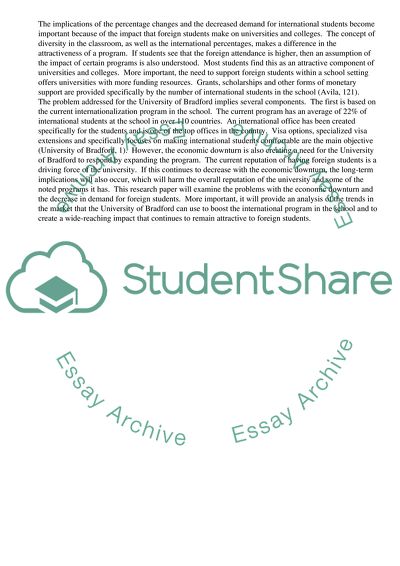Cite this document
(Initiatives for the Global Recession Term Paper, n.d.)
Initiatives for the Global Recession Term Paper. Retrieved from https://studentshare.org/business/1742426-business-research-proposal
Initiatives for the Global Recession Term Paper. Retrieved from https://studentshare.org/business/1742426-business-research-proposal
(Initiatives for the Global Recession Term Paper)
Initiatives for the Global Recession Term Paper. https://studentshare.org/business/1742426-business-research-proposal.
Initiatives for the Global Recession Term Paper. https://studentshare.org/business/1742426-business-research-proposal.
“Initiatives for the Global Recession Term Paper”, n.d. https://studentshare.org/business/1742426-business-research-proposal.


